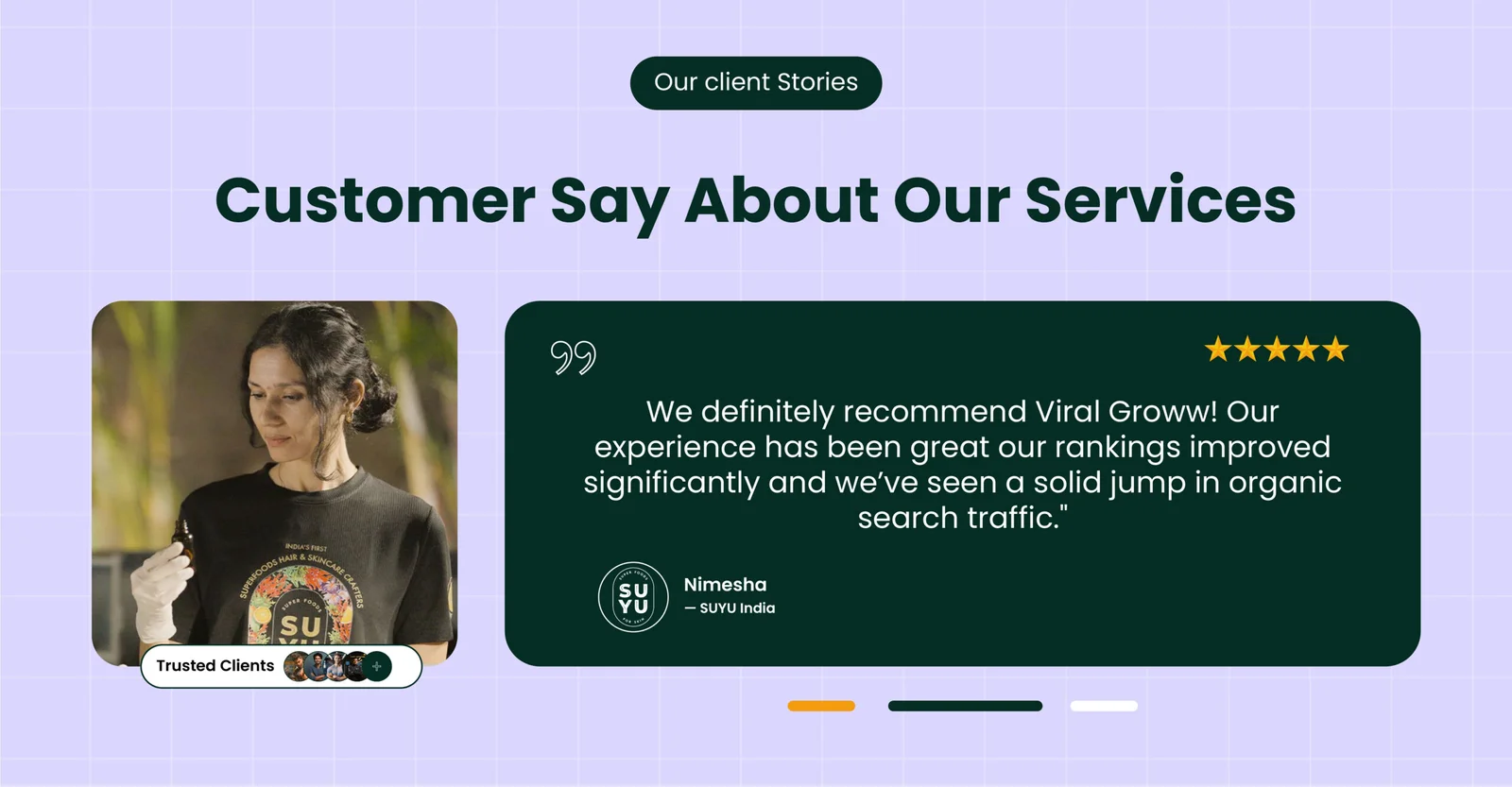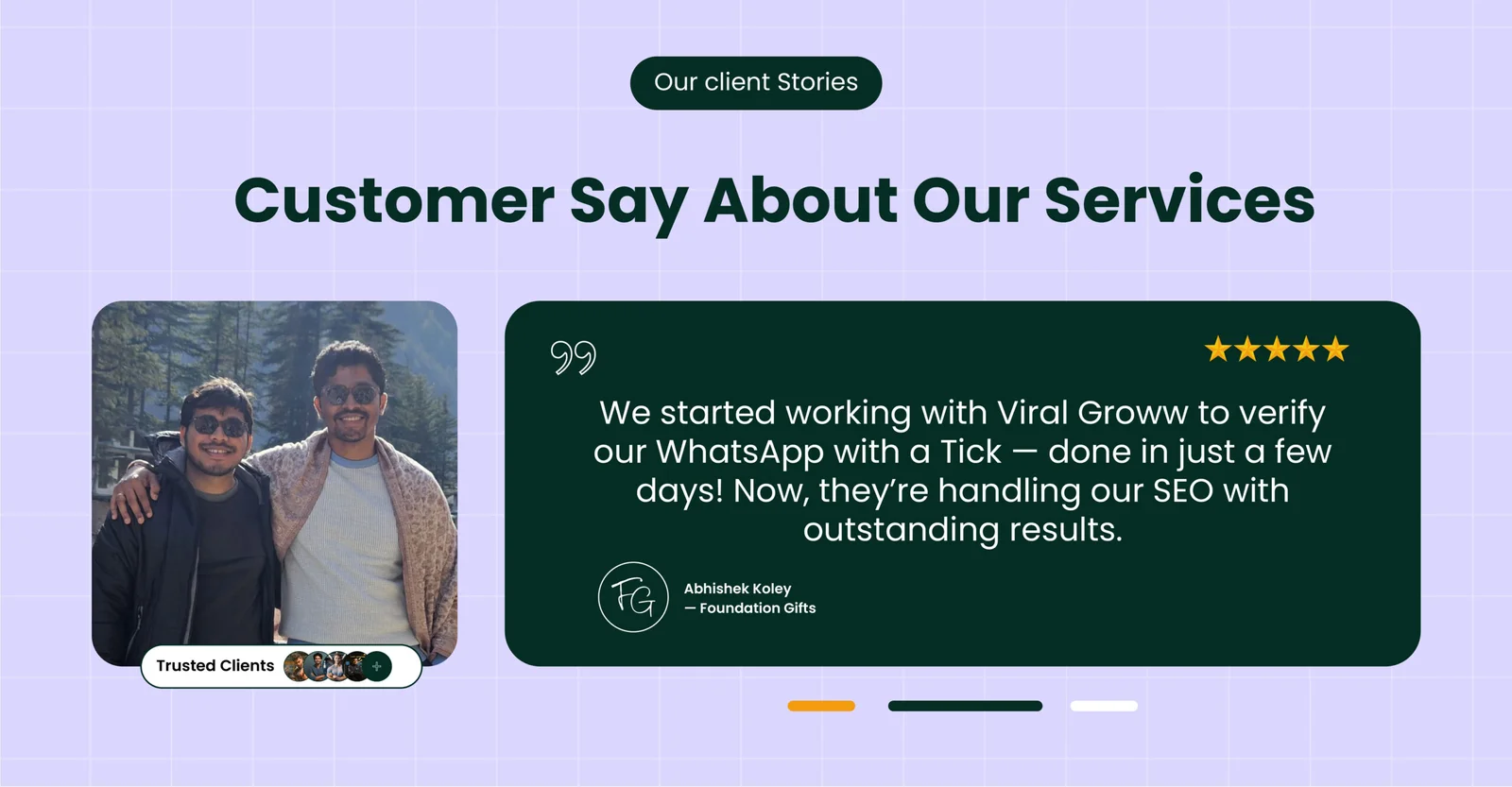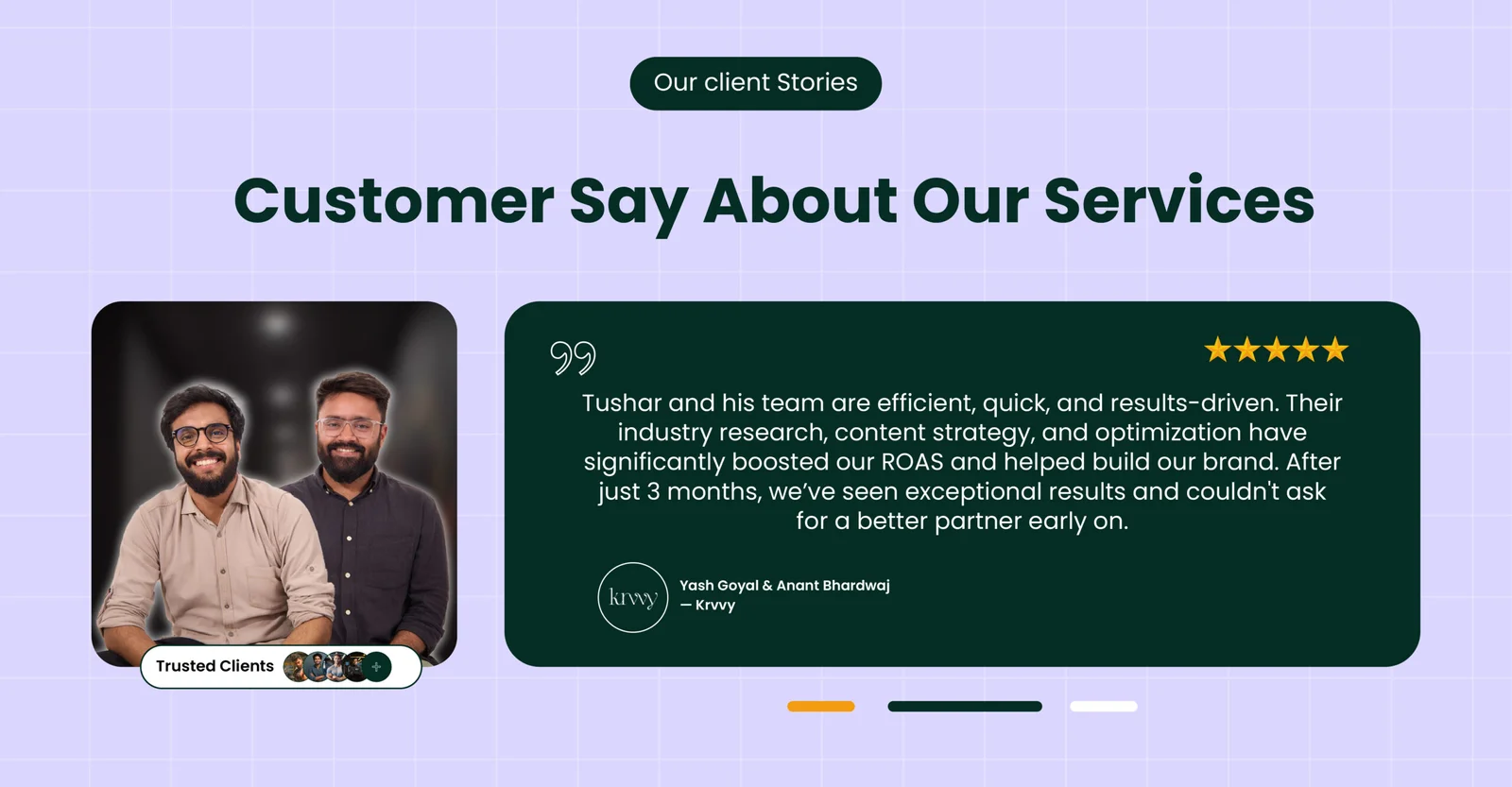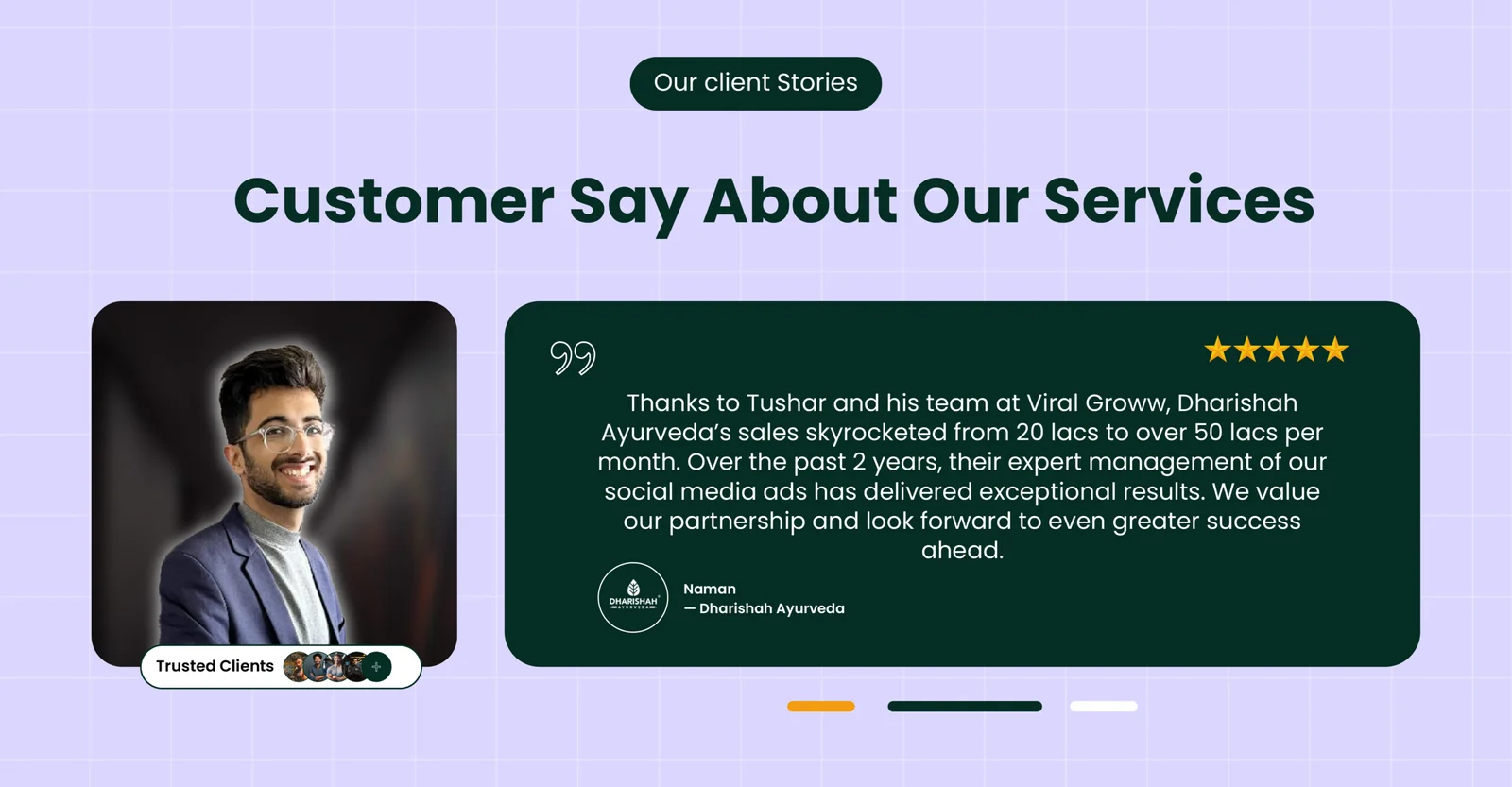Table of Contents
 Ever wondered why some press releases get picked up instantly while yours gather digital dust? The answer might be sitting right there in your domain authority score.
Ever wondered why some press releases get picked up instantly while yours gather digital dust? The answer might be sitting right there in your domain authority score.
Most PR pros spend hours crafting the perfect pitch but completely overlook the foundation everything sits on. Domain authority in digital PR isn’t just another buzzword – it’s the invisible force determining whether journalists take you seriously.
I’ve analyzed hundreds of successful digital PR campaigns, and the pattern is unmistakable: higher domain authority correlates directly with better coverage rates.
By the end of this post, you’ll understand exactly how to leverage domain authority to get your stories picked up by publications that matter. But first, let’s talk about the awkward truth most agencies won’t tell you about why your fantastic content keeps getting ignored.
Understanding Domain Authority in Digital PR
Definition and Key Components of Domain Authority
Domain Authority (DA) is a search engine ranking score developed by Moz that predicts how likely a website is to rank in search engine result pages (SERPs). It ranges from 1 to 100, with higher scores indicating greater potential to rank. The key components that contribute to Domain Authority include:
- Link profile: The quantity and quality of inbound links pointing to your domain
- Content quality: The relevance, depth, and value of your website’s content
- Technical SEO: How well your site is structured for search engines
- Brand signals: Your brand’s overall presence and recognition online
How Domain Authority is Measured and Scored
Domain Authority is calculated using a machine learning algorithm that incorporates multiple ranking factors. Here’s how it works:
- Link data analysis: Evaluates the number of total linking domains, link quality, and link diversity
- MozRank: Measures the link popularity of a page by analyzing the quantity and quality of other pages that link to them
- MozTrust: Measures the trustworthiness of a site based on its proximity to trusted seed sites
- Spam Score: Checks for potential spam factors that could negatively impact rankings
The score is logarithmic, meaning it’s much easier to improve from 20 to 30 than from 70 to 80.
Why Domain Authority Matters for Digital PR Campaigns
Domain Authority plays a critical role in digital PR for several reasons:
- Media placement value: Publications with higher DA provide more valuable backlinks
- Campaign ROI: Higher DA placements generally deliver better traffic and search ranking improvements
- Credibility transfer: Being featured on high-DA sites transfers authority and trust to your brand
- Competitive advantage: Securing placements on high-DA sites that competitors can’t access gives you an edge
The Relationship Between Domain Authority and Search Engine Rankings
While Domain Authority is not a direct Google ranking factor (it’s a Moz metric), it strongly correlates with search performance:
- Higher DA sites typically rank better in search results
- Backlinks from high-DA sites send stronger authority signals to search engines
- Google’s algorithms use similar factors to evaluate site authority
- Improvements in DA often precede improvements in organic search visibility
When planning digital PR campaigns, understanding a publication’s Domain Authority helps prioritize outreach efforts and maximize the SEO impact of earned media placements. This metric provides a valuable shorthand for evaluating the potential search benefit of securing coverage on different websites.
Building Domain Authority Through Digital PR
Digital PR offers powerful opportunities to boost your domain authority through strategic content creation and relationship building. Let’s explore the most effective approaches.
Creating high-quality, linkable content assets
The foundation of domain authority growth lies in creating content that naturally attracts links. Focus on developing:
- Original research reports with unique data
- Comprehensive guides that serve as industry resources
- Interactive tools that solve specific problems
- Visual assets like infographics and data visualizations
- Expert roundups featuring industry thought leaders
These linkable assets provide genuine value and give publications a compelling reason to reference and link to your content, naturally building your site’s authority.
Developing newsworthy stories that attract authoritative backlinks
Not all content is equally linkable. For maximum domain authority impact, create stories with these elements:
- Timeliness: Connect to current trends or breaking industry news
- Novelty: Present new perspectives, approaches, or data
- Controversy: Challenge established thinking (with solid evidence)
- Human interest: Feature real people and emotional narratives
- Relevance: Align with what your target publications cover
These elements make your stories irresistible to journalists and increase your chances of earning high-quality backlinks.
Strategic outreach to high-authority publications
Once you have compelling content, targeted outreach becomes crucial:
- Identify publications with relevant audiences and high domain authority
- Research the right journalists who cover your specific topic
- Personalize your pitches based on their previous work
- Focus on the unique value your content offers their readers
- Follow up thoughtfully without being intrusive
Remember that quality outweighs quantity—a single backlink from a high-authority site often provides more domain authority benefit than dozens from low-quality sources.
Leveraging existing media relationships to boost authority
Building lasting relationships with journalists and publications creates ongoing domain authority growth:
- Maintain regular contact beyond just pitching
- Offer yourself as an expert source for relevant stories
- Provide journalists with exclusive access or insights
- Engage meaningfully with their content on social media
- Consider collaborative content opportunities
These relationships often lead to repeat coverage and links, creating sustainable authority growth.
Measuring the impact of PR activities on Domain Authority
Track these metrics to understand how your digital PR efforts affect domain authority:
- Domain Authority score trends over time
- Growth in referring domains (especially high-authority ones)
- Improvements in search visibility for target keywords
- Changes in organic traffic patterns
- Increases in branded search volume
By analyzing these measurements, you can refine your digital PR strategy to maximize domain authority gains and demonstrate clear ROI from your efforts.
Selecting Target Publications Based on Domain Authority
Domain Authority (DA) serves as a crucial metric when strategizing which publications to target in your Digital PR campaigns. However, effective targeting requires more than simply chasing high DA numbers.
Balancing Domain Authority with audience relevance
While publications with high Domain Authority provide valuable backlinks, audience relevance should never be sacrificed. A lower DA site that perfectly matches your target demographic often delivers better results than a high DA site with misaligned readership. Consider these factors when evaluating publications:
- Audience demographics and interests
- Content themes and tone alignment
- Engagement metrics (comments, shares, time on page)
- Conversion potential from their readership
The ideal targets combine reasonable Domain Authority with strong audience alignment. For example, an industry-specific publication with DA 40 may drive more qualified traffic than a general news site with DA 80.
Tools for evaluating publication Domain Authority
Several reliable tools can help assess Domain Authority efficiently:
- Moz Domain Analysis – The original source for DA metrics
- Ahrefs Domain Rating – Provides similar authority metrics with additional backlink data
- SEMrush Authority Score – Offers comprehensive competitive analysis
- Majestic Trust Flow – Measures link quality and trustworthiness
Most professionals use a combination of these tools for comprehensive evaluation. Many offer browser extensions that display metrics while browsing potential target sites.
Creating tiered media lists based on authority metrics
Organizing publications into tiers allows for strategic outreach prioritization:
- Tier 1: High DA (70+), premium publications, reserved for exceptional stories
- Tier 2: Mid-range DA (40-70), industry leaders, primary campaign targets
- Tier 3: Lower DA (20-40), niche publications, easier to secure coverage
- Tier 4: Emerging sites (DA <20), relationship-building opportunities
This tiered approach ensures resources align with potential return, while maintaining realistic expectations for placement success rates across different authority levels.
When to prioritize niche authority over general Domain Authority
Several scenarios warrant prioritizing niche publications over general high-DA outlets:
- When targeting specialized B2B audiences
- For technical products requiring knowledgeable readership
- When building authority in emerging sectors
- During crisis management requiring precise messaging
A publication’s topical authority can outweigh its general Domain Authority. A site focusing exclusively on your industry might drive more qualified traffic and conversions despite having a moderate DA score. These niche publications often feature more engaged audiences and longer content engagement periods.
Advanced Strategies for Domain Authority Growth

A. Competitive benchmarking using Domain Authority metrics
Success in digital PR doesn’t happen in isolation. Tracking your Domain Authority (DA) against competitors provides critical context for your growth strategy. Begin by identifying 5-10 key competitors in your space and monitoring their DA scores quarterly. Look beyond the raw numbers to analyze their backlink profiles, content strategies, and PR wins that contribute to their authority growth.
Create a competitive analysis dashboard that tracks:
- Month-over-month DA changes
- New high-authority backlinks acquired
- Content pieces generating the most authoritative links
- PR campaigns driving significant authority gains
This benchmarking allows you to identify industry standards and set realistic DA growth goals based on what’s actually achievable in your niche.
B. Long-term Domain Authority building through sustained PR efforts
Domain Authority growth requires consistency rather than sporadic campaigns. Develop a sustained PR calendar with regular touchpoints across various authority-building activities:
- Quarterly thought leadership placements in industry publications
- Monthly data-driven studies that attract natural backlinks
- Ongoing expert commentary opportunities in relevant news stories
- Regular participation in industry events and webinars that generate coverage
The cumulative effect of these consistent efforts builds a natural authority profile that search engines reward. Avoid the “campaign spike” pattern where DA temporarily rises during campaigns but falls between them.
C. Recovering from Domain Authority drops or penalties
Even well-managed domains can experience DA drops. When this happens, conduct a comprehensive audit to identify potential causes:
- Check for recent algorithm updates affecting your industry
- Analyze your backlink profile for toxic or spammy links
- Review technical SEO elements that might impact crawlability
- Examine content quality across your digital footprint
Recovery strategies should focus on addressing the specific causes rather than panic-driven link building. If toxic links are the issue, use disavow tools after careful review. For content quality issues, prioritize updating or removing thin or outdated content before pursuing new PR opportunities.
D. Integrating Domain Authority goals into broader PR objectives
Domain Authority shouldn’t exist as a separate metric but should be integrated into overall PR measurement frameworks. For each PR campaign, establish:
- Reputation and awareness metrics
- Domain Authority impact goals
- Traffic and conversion objectives
- Social engagement targets
This integrated approach ensures DA growth supports broader business goals rather than becoming an isolated vanity metric. Train PR teams to understand how their efforts contribute to domain authority while maintaining focus on core PR outcomes.
E. Future-proofing your Domain Authority against algorithm changes
Search algorithms evolve constantly, but authority fundamentals remain relatively stable. Focus on these evergreen authority signals:
- Earning links from diverse, relevant, and authoritative sources
- Creating genuinely valuable content that serves user needs
- Building real relationships with journalists and publishers
- Establishing genuine thought leadership in your space
Maintain a clean technical foundation while staying informed about algorithm updates through reliable SEO news sources. This balanced approach ensures your domain’s authority remains resilient against future changes while continuing to grow organically.
Conclusion
Domain authority remains the cornerstone of effective digital PR strategies. By understanding its fundamental metrics, deliberately building authority through quality backlinks, and recognizing its direct correlation with campaign success, brands can significantly enhance their online presence. The strategic selection of publications based on domain authority provides the framework for maximizing PR efforts and ensuring content reaches the right audiences.
The path forward requires commitment to advanced domain-building techniques. Invest in technical SEO optimization, create genuinely valuable content assets, and build relationships with high-authority publications in your industry. Remember that domain authority growth is a marathon, not a sprint – consistent effort and strategic patience will yield substantial long-term rewards for your digital PR initiatives.

How We 2.5X’d Organic Traffic for SUYU India in Just 5 Months by Following Our White Hat SEO Framework
SUYU India was born with a clear vision—to bring superfood-powered skincare into the Indian market. Co-founded with a deep belief in sustainability.

Scaling a Sexual Wellness Brand with SEO – How We Did It for Ecstasia
Ecstasia is a sexual wellness D2C brand started by Prakhar Raj and Hamid Iqbal in December 2024. Prakhar, a school friend of mine, works in a corporate job but has always wanted to start his own business.

How we got 8.7X Impressions for a gifting D2C brand within 3 Months by doing White Hat SEO
Foundation Gift was started by Rakesh Adak and Abhishek Koley with a simple idea — gifts should feel just as special as the moments they celebrate.

Scaling a Lingerie Brand to 7-Figure Sales in Just 75 Days—Proof Inside!
Krvvy is a modern, forward-thinking lingerie brand committed to redefining comfort and functionality. Designed to elevate the lingerie experience, Krvvy celebrates the beauty of all women, embracing and admiring every curve.

How Sumit Dubey Fitness Classes Transformed into a Fitness Empire with Strategic Digital Marketing
Sumit Dubey Fitness Classes, founded by Sumit Dubey, provides online fitness training with a personalized touch.

Raj Yoga School’s Journey to the Top of Search Rankings
Nestled between the tranquil peaks of the Himalayas and the sun-kissed beaches of Goa, Raj Yoga School has been a sanctuary for aspiring yoga teachers in India.

Scaling Dharishah Ayurveda from ₹20 Lakhs to ₹50 Lakhs in Monthly Sales
Dharishah Ayurveda, a promising Ayurvedic brand, had already seen growth through performance marketing, scaling from ₹2 lakhs to ₹20 lakhs in monthly sales (covered in a previous case study).

Building Trust and Revenue for Dharishah Ayurveda with Scalable Facebook Ads
Dharishah Ayurveda, led by CEO Naman Dhamija, is a premium Ayurvedic brand dedicated to promoting natural wellness.

How Goyal Packers & Movers Skyrocketed to #1 in 40+ Cities with White Hat SEO
Goyal Packers and Movers India, owned by Mr. Sampat Singh, is one of the most preferred packers and movers across Northern India, offering exceptional shifting services.





